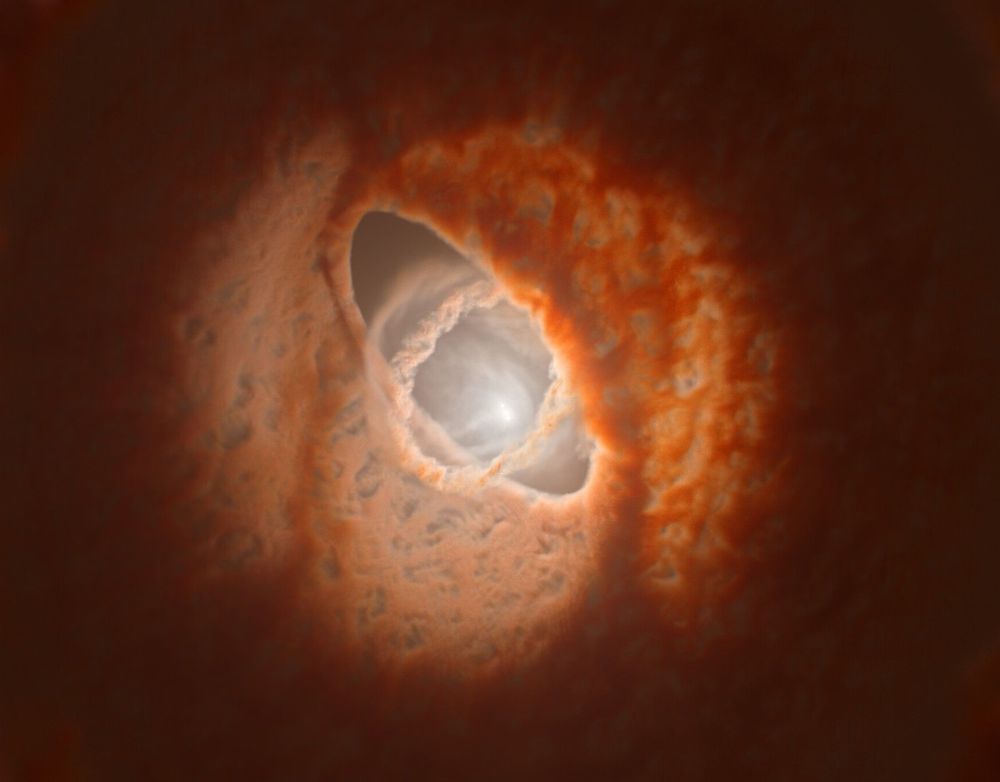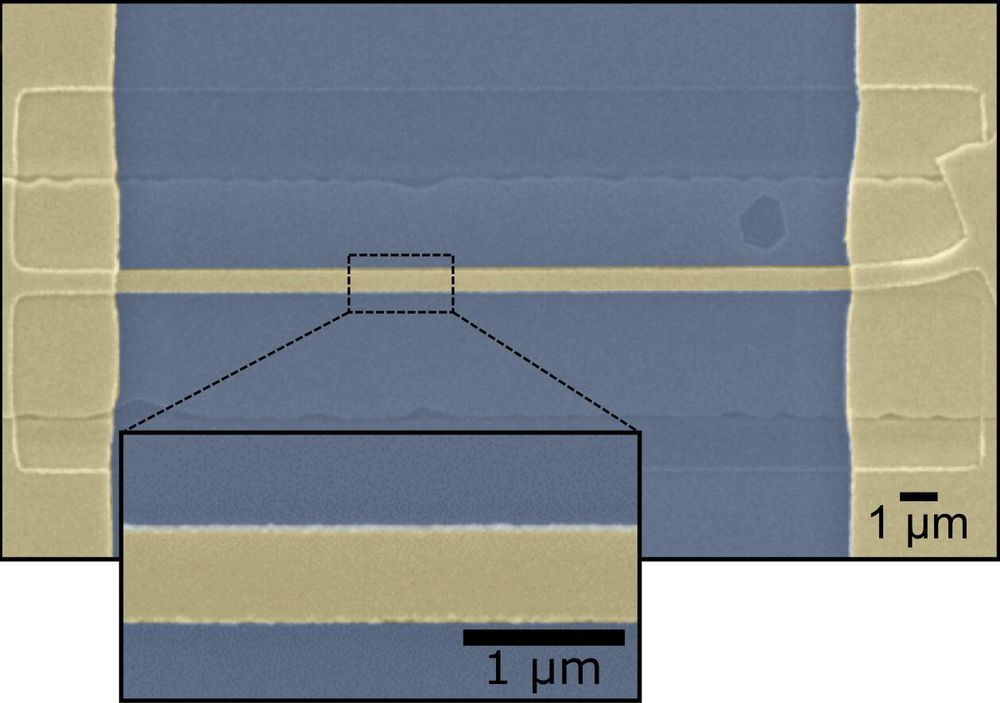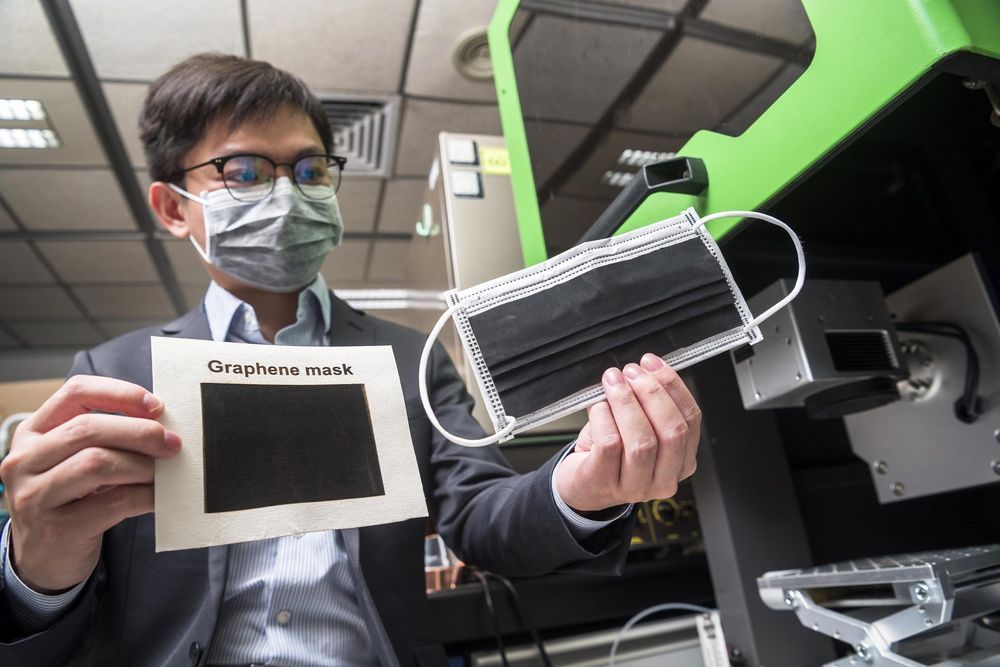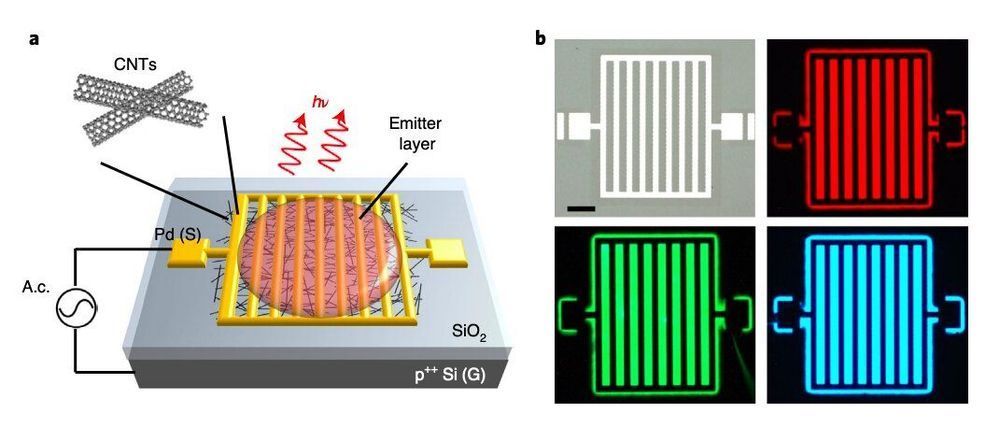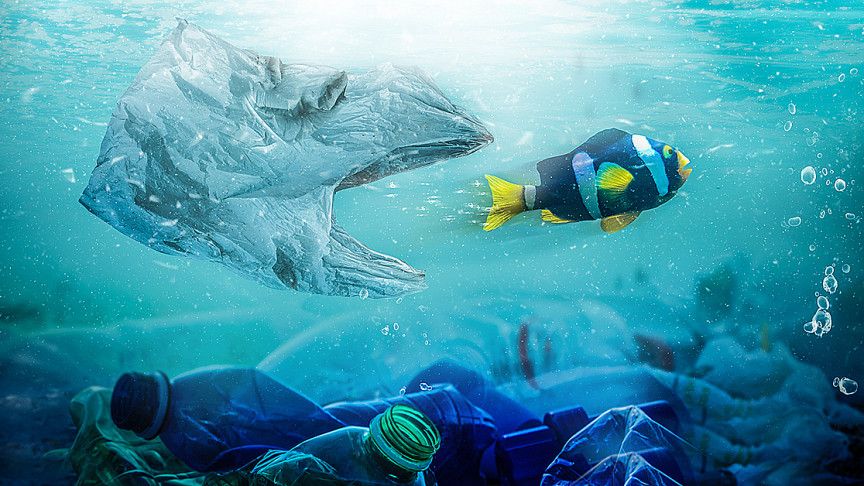
Scientists at the U.S. Department of Energy’s Ames Laboratory have developed a new computational model that has opened up the potential to make one of their most powerful research tools even more so.
A particularly important tool in a chemist’s arsenal is Nuclear Magnetic Resonance (NMR) spectroscopy. An NMR spectrometer measures the response of atomic nuclei to excitation with radiofrequency waves. This can provide researchers with atomic-level information about the physical, chemical, and electronic properties of materials, including those that are non-crystalline. Dynamic Nuclear Polarization (DNP) NMR is an “ultra” version of NMR, which excites unpaired electrons in radicals and transfers their high spin polarization to the nuclei in the sample being analyzed, resulting in faster, more detailed data. Ames Laboratory has developed DNP-NMR to probe very weak but important chemical signatures, and reduce experimental times from days to minutes.
Computational methods play an important role in experts’ understanding of DNP-NMR, especially for improving the design and execution of experiments using it. Until now, however, the work been limited in scope, and improvements in DNP-NMR techniques have tended to rely on some degree of “serendipity,” according to Fred Perras, an Associate Scientist at Ames Laboratory and a 2020 recipient of a DOE Office of Science Early Career Research Award.


